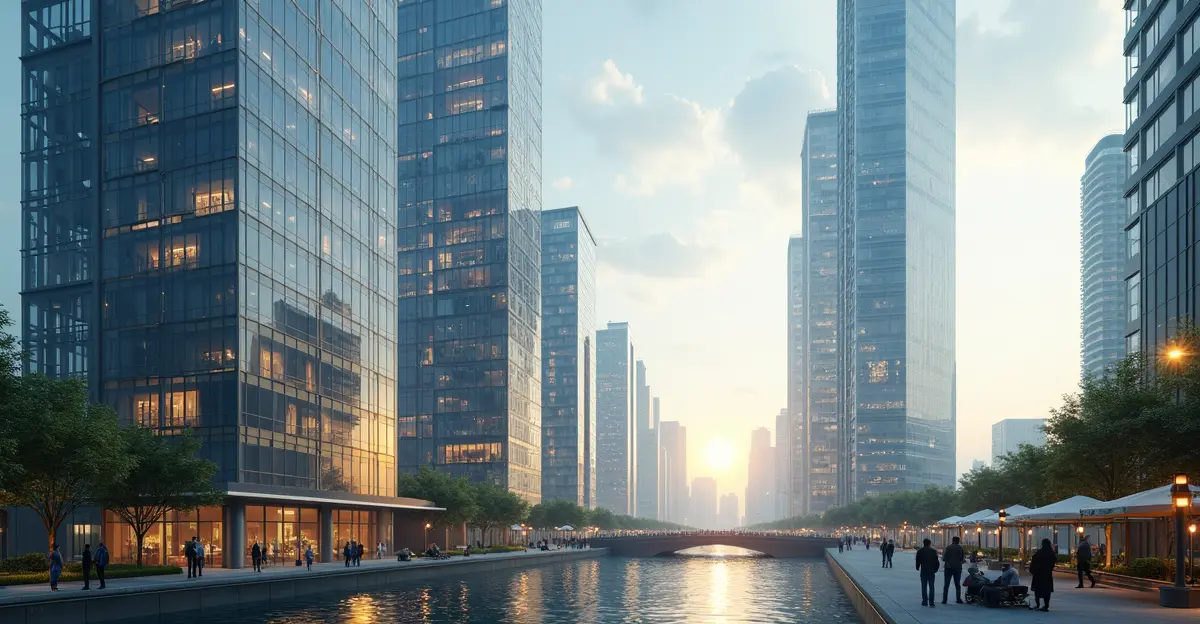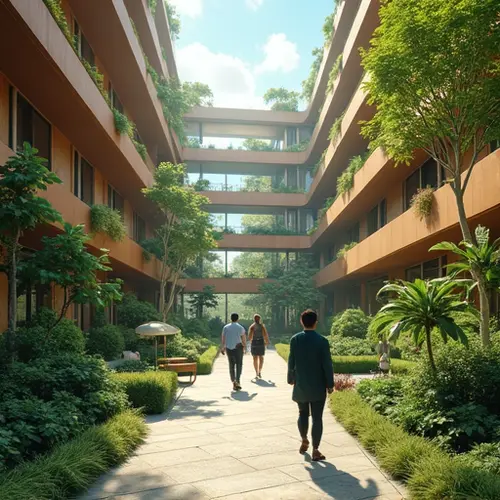
The Rise of Vertical Forests
Urban vertical forest projects are experiencing unprecedented global expansion in 2025, with architectural designs integrating lush greenery into high-rise developments across major cities worldwide. These innovative structures represent a revolutionary approach to sustainable urban living, combining residential spaces with natural ecosystems.
Milan's Bosco Verticale: The Pioneer
The movement began with Stefano Boeri's groundbreaking Bosco Verticale (Vertical Forest) in Milan, Italy. Completed in 2014, these twin residential towers stand at 116 meters and 84 meters tall, featuring over 90 plant species including 800 trees, 4,500 shrubs, and 15,000 plants. The project has become a global benchmark for sustainable architecture, winning numerous awards including the International Highrise Award in 2014.
Global Expansion in 2025
New vertical forest projects are emerging across continents. Tirana, Albania is developing its own Vertical Forest tower, standing at 75 meters with 21 floors. The building will host 3,200 plants and 145 trees on its facades, creating a self-sustainable green building that aligns with Tirana's 2030 Masterplan for increased green spaces.
Other cities joining the movement include Shanghai, São Paulo, Moscow, Geneva, Eindhoven, Utrecht, Cancun, Riyadh, and Cairo. Each project adapts the vertical forest concept to local climates and architectural traditions while maintaining the core principles of biodiversity and sustainability.
Environmental Benefits
Air Quality Improvement
Vertical forests significantly improve urban air quality by absorbing approximately 30 tons of carbon dioxide annually while producing oxygen. The plants filter particulate matter and pollutants, creating healthier living environments for residents.
Biodiversity Enhancement
These structures create urban habitats for various bird and insect species, increasing biodiversity in densely populated areas. The Milan towers alone host approximately 1,600 bird species and numerous butterfly species.
Temperature Regulation
The vegetation provides natural insulation, reducing energy consumption for heating and cooling by up to 30%. This microclimate regulation helps combat the urban heat island effect common in concrete-dominated cities.
Architectural Innovation
Structural Design Challenges
Designing vertical forests requires innovative engineering solutions. Architects must account for additional weight from soil and vegetation, irrigation systems, and root growth management. The buildings feature rotating balcony designs that allow for taller trees and create dynamic facades.
Maintenance Systems
Sophisticated irrigation systems using recycled water and dedicated teams of "flying gardeners" maintain the vegetation. Advanced monitoring systems ensure plant health and structural integrity.
Future Prospects
The vertical forest concept is evolving into larger urban planning initiatives. Stefano Boeri's "Green Urban Oases" project, presented at the UN Climate Action Summit 2019, aims to create interconnected green networks within cities. The Forestami Project in Milan aims to plant 3 million trees by 2030, demonstrating how vertical forests can be part of comprehensive urban reforestation strategies.
As climate change concerns grow and urban populations increase, vertical forests offer a promising solution for creating sustainable, livable cities that harmonize human habitation with natural ecosystems.

 Nederlands
Nederlands
 English
English
 Français
Français
 Deutsch
Deutsch
 Español
Español
 Português
Português








